Nature never ceases to amaze us with its wonders, but some behaviors are so bizarre, they seem plucked straight from a horror film. These eerie animal antics have left scientists scratching their heads and horror enthusiasts grinning with delight. From mind control to gruesome feeding habits, these creatures could give even the bravest of us the chills. So grab your popcorn, and let’s dive into these real-life spooky stories that Mother Nature has penned. Hold on tight, because things are about to get wonderfully weird!
Zombie Ants: Victims of Mind Control
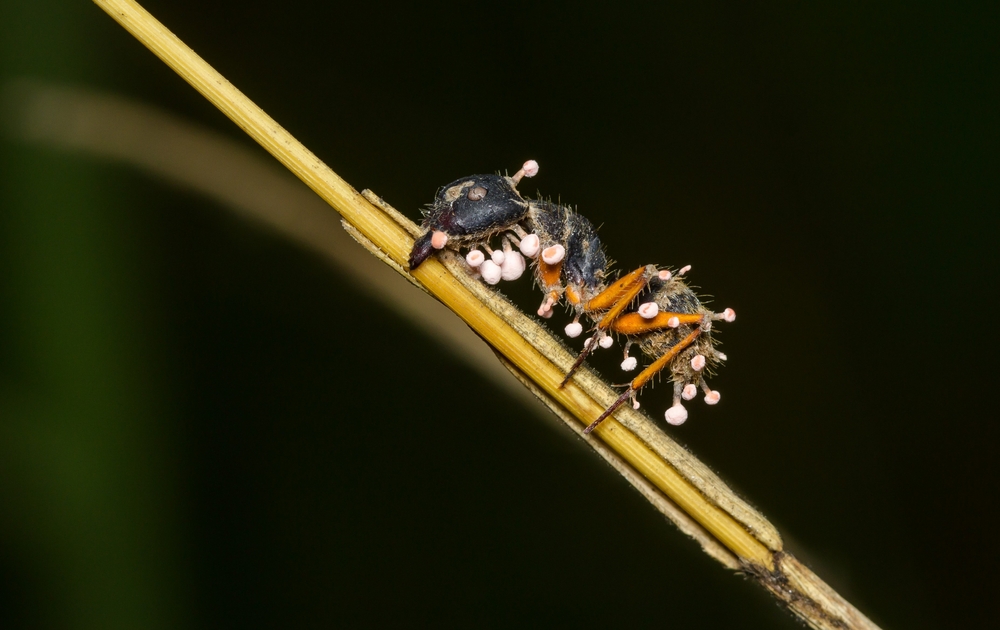
Imagine an ant going about its merry way, only to find itself suddenly under the control of a fungus. This isn’t fiction; it’s the chilling reality for ants who fall prey to the Ophiocordyceps fungus. Once infected, the fungus manipulates the ant’s behavior, leading it to an elevated location perfect for spreading spores. According to BMC Evolutionary Biology, the Ophiocordyceps fungus infects ants, compelling them to climb vegetation and secure themselves before the fungus sprouts and releases spores.
The fungus’s ability to hijack the ant’s nervous system is as fascinating as it is terrifying. It makes you wonder just how much control we have over our own actions. While this might sound like something out of a sci-fi thriller, it’s just another day in the life of these unfortunate ants. Scientists are still unraveling the mysteries behind this sinister relationship. But one thing’s for sure: these zombie ants show that reality can be creepier than fiction.
The Suspected Serial Killer: The Dolphin
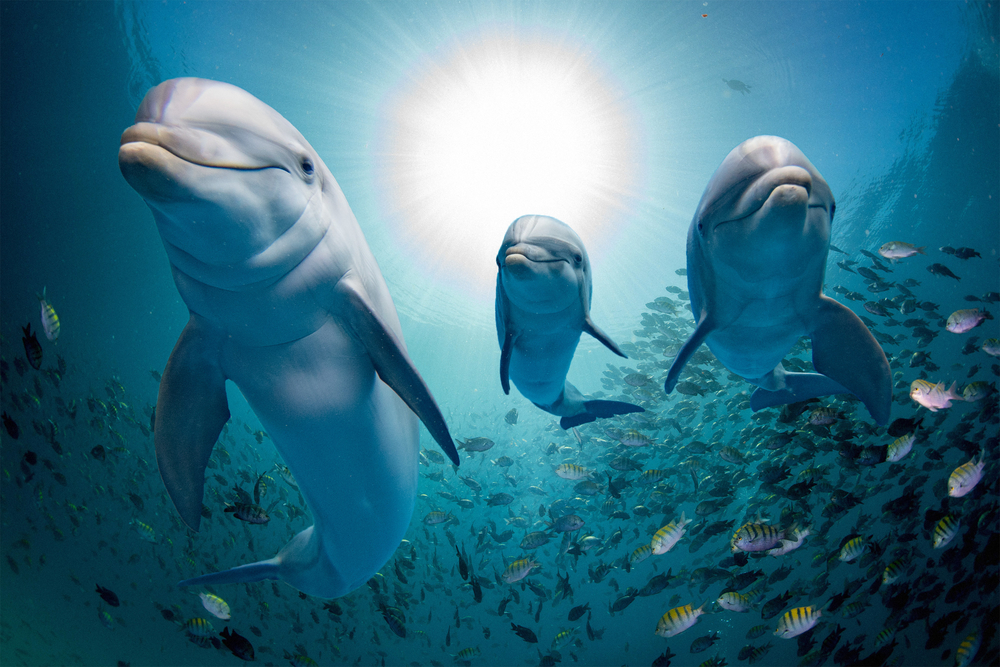
Dolphins are often seen as the friendly, smiling ambassadors of the ocean, but they harbor a much darker side. Observations have shown that some dolphins engage in infanticide, targeting the young of their own kind. This behavior is believed to be a strategic move to increase their own offspring’s survival chances by eliminating the competition. Dolphins have been known to herd and violently attack smaller porpoises, sometimes with lethal outcomes. It seems that life under the sea is far more ruthless than Disney would have us believe.
These cunning creatures are highly intelligent, which only makes their malicious behavior more unsettling. The social dynamics of dolphin pods are complex, and power struggles can lead to surprising outcomes. This darker aspect of dolphin behavior reminds us that nature is often more raw and brutal than we like to imagine. It’s a chilling reminder that intelligence and empathy don’t always go hand in hand. So next time you see a dolphin, remember there’s more to these creatures than meets the eye.
The Real-Life Vampire: The Lamprey
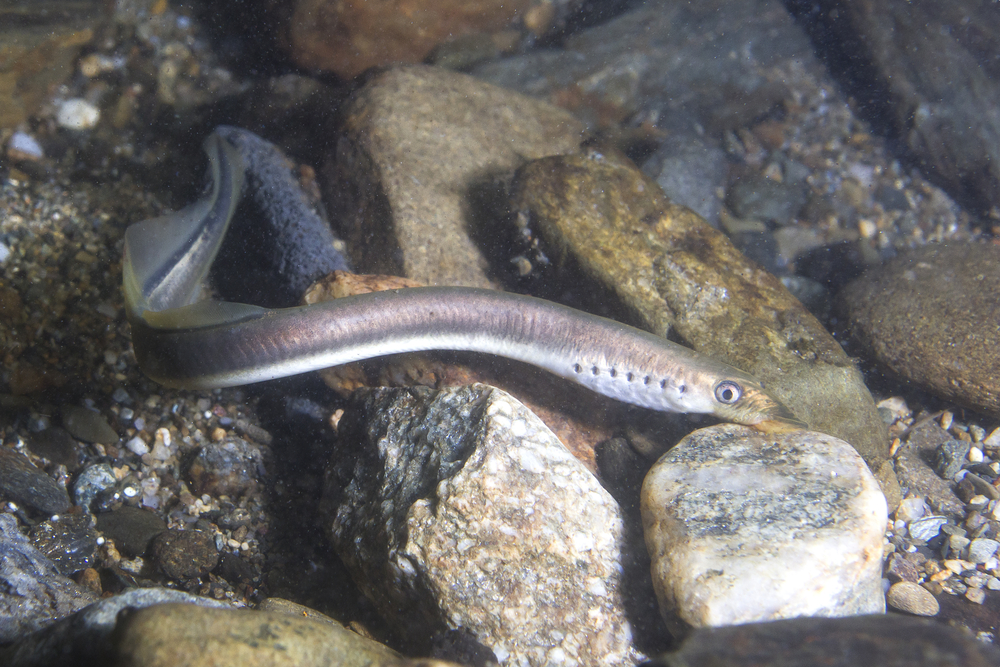
The lamprey is a jawless fish that could easily have starred in the original Dracula novel. With its circular mouth filled with rows of sharp teeth, this creature latches onto its prey and feeds by sucking their blood. It’s a living embodiment of the vampire myth, roaming the waters in search of a suitable host. These parasitic interactions can be detrimental to their hosts, often leading to weakness or even death. According to Owlcation, sea lampreys use their sharp, suction-cup mouths to feed on the blood and bodily fluids of host fish, often weakening or killing them.
Despite their terrifying feeding habits, lampreys are not evil incarnate. They play a crucial role in their ecosystems, and disturbances in their population can have ripple effects on other species. However, when they invade non-native waters, they can become a nightmare for local fish populations. It’s a delicate balance between appreciating their ecological role and managing their invasive tendencies. For now, the lamprey remains one of the eeriest bloodsuckers in the animal kingdom.
Spiders That Turn Their Prey into Puppets
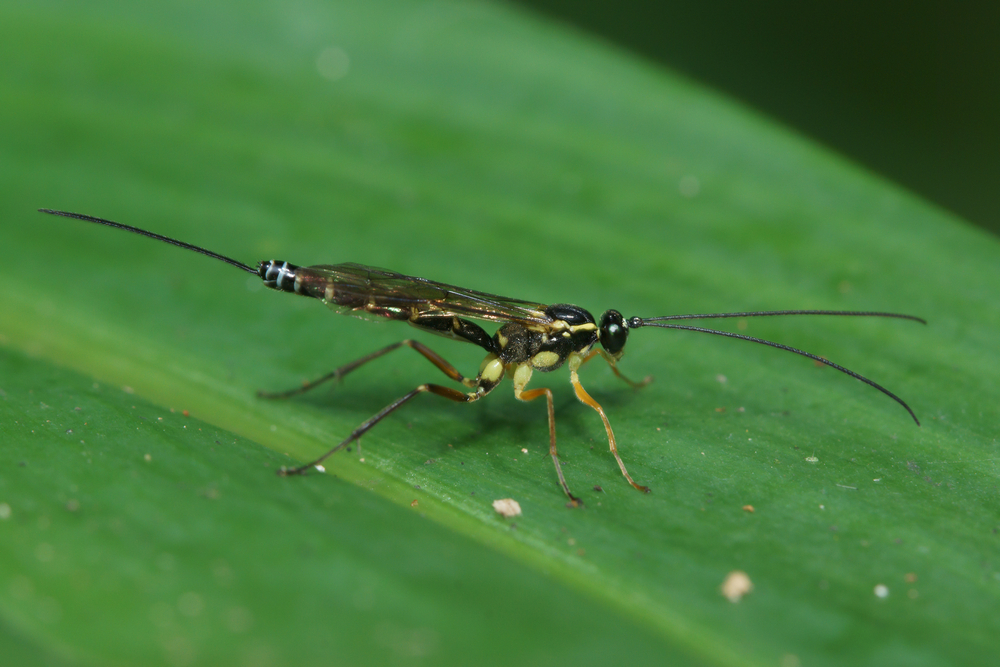
Spiders are already a source of fear for many, but some species take things to a whole new level. Certain parasitic wasps have evolved a gruesome tactic: they inject their eggs into a spider, and once the larvae hatch, they manipulate the spider’s behavior. The spider is compelled to create an intricate web specifically designed for the wasp larvae’s protection. Once the web is complete, the larvae kill the spider and use the web as a safe haven until they’re ready to pupate. This nightmarish cycle turns the spider into an unwilling architect of its own demise.
These scenarios play out like a horror movie, with the spider acting as a puppet under the wasp’s control. The wasp effectively rewires the spider’s brain to suit its needs, a feat that continues to baffle scientists. How a tiny larva can dictate the actions of a much larger spider is a mystery that researchers are still trying to unravel. This macabre form of mind control highlights the complex and often brutal interactions in the natural world. It’s a chilling reminder that the boundaries between predator and prey are not always clear-cut.
The Self-Destructing Bee
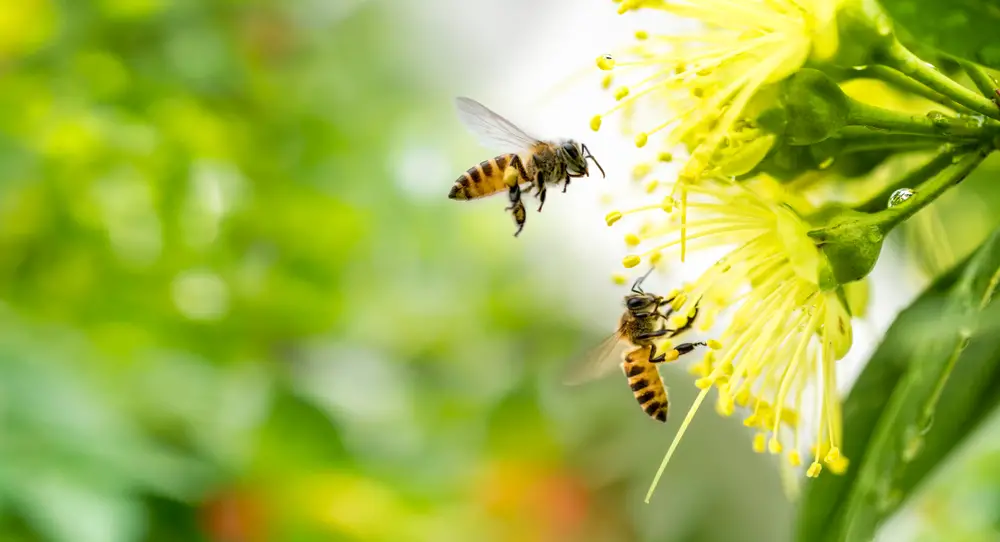
In the world of bees, sometimes survival means making the ultimate sacrifice. Honeybees, in particular, exhibit a behavior that seems straight out of a kamikaze pilot’s playbook. When a bee stings a mammal, its barbed stinger gets lodged in the flesh, tearing out part of the bee’s abdomen and leading to its death. This self-destructive act is meant to protect the hive from intruders, with the bee sacrificing itself for the greater good. It’s a hauntingly noble, yet gruesome, aspect of bee society.
Despite the tragic end for the individual bee, this behavior underscores the importance of the colony’s survival. Each bee’s life is dedicated to the hive, and their willingness to die for their community is both inspiring and chilling. This act of self-sacrifice serves as a reminder of the harsh realities of the natural world. It’s a poignant example of how animals are driven by instincts that ensure the continuation of their species. So, the next time a bee buzzes by, consider the high stakes of its existence.
Frog Antifreeze: A Chilling Survival Strategy
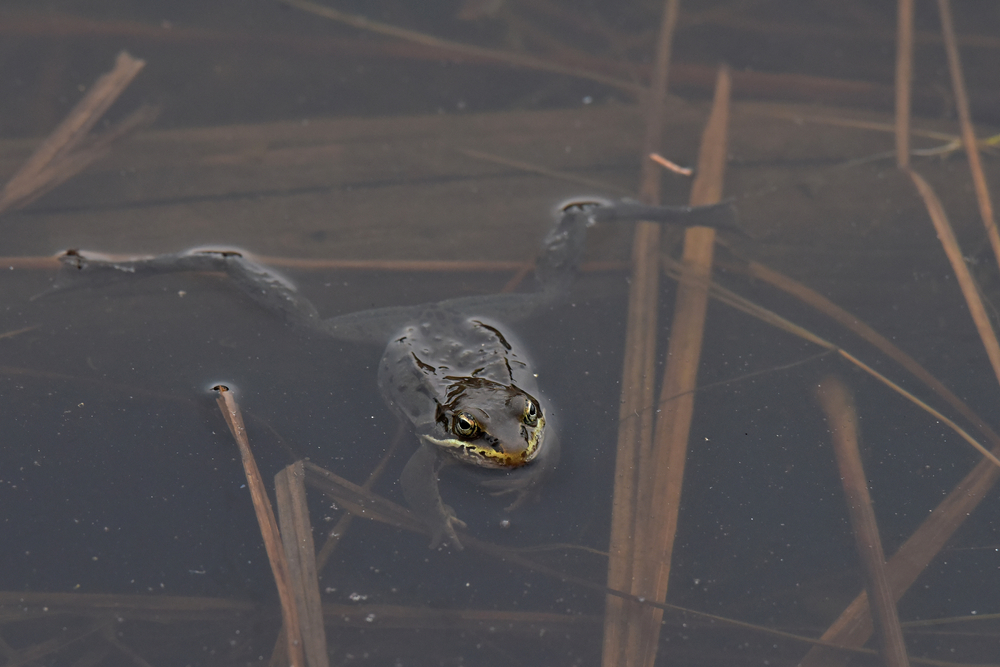
The wood frog’s approach to surviving harsh winters is nothing short of extraordinary. When temperatures plummet, these frogs enter a state of suspended animation, freezing solid until spring. Their hearts stop beating, and they cease to breathe, resembling a creature that has met an icy end. Yet, when warmth returns, the frogs thaw out and continue on as if nothing happened. This natural antifreeze ability is a survival strategy that seems more like necromancy than biology.
The wood frog’s secret lies in its ability to tolerate ice forming within its body, thanks to glucose that acts as a cryoprotectant. This adaptation allows them to endure the cold while other animals seek warmer climates or hibernate. It’s a fascinating glimpse into nature’s ingenuity, where life finds a way to persist against the odds. The wood frog’s remarkable resilience serves as a testament to the diverse strategies animals use to cope with extreme environments. Their story is a chillingly literal example of the term “frozen in time.”
Ravenous Cannibalistic Hamsters
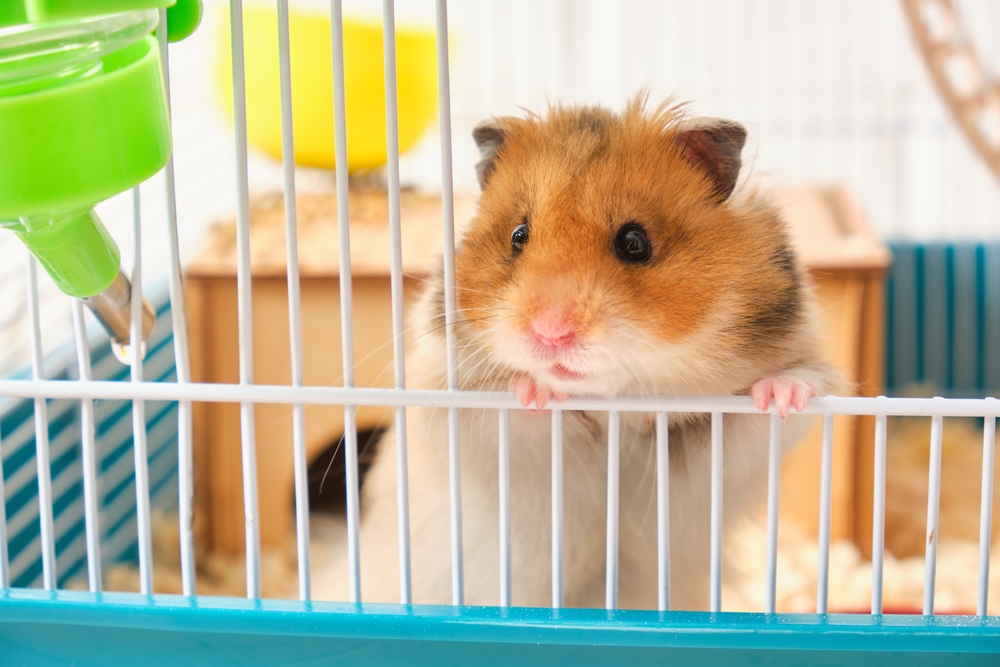
Hamsters may be cute and cuddly, but under certain conditions, they can exhibit shockingly savage behavior. In captivity, female hamsters have been known to resort to cannibalism, devouring their young. This behavior is often triggered by stress, lack of resources, or the presence of perceived threats. While this might seem unimaginable, it’s a disturbing reality for some pet owners. It’s a stark reminder that even the most adorable creatures can have a dark side.
In the wild, cannibalism can occur as a means of survival, ensuring that only the strongest offspring thrive. It’s a brutal yet effective strategy in the harsh world of natural selection. For hamsters, this behavior highlights the complexity of their survival instincts, which sometimes run counter to human expectations. Understanding these behaviors can help improve how we care for them in captivity. But it doesn’t erase the unsettling nature of their cannibalistic tendencies.
The Cuddly-Looking Predator: The Slow Loris
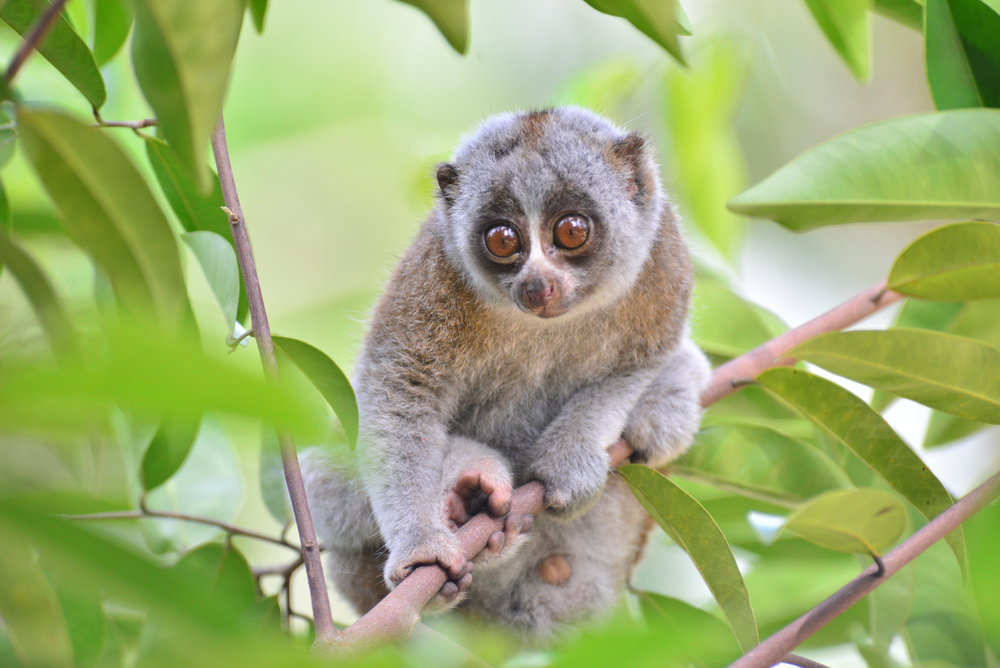
The slow loris, with its big eyes and gentle appearance, seems anything but threatening. Yet, these nocturnal primates possess a venomous bite capable of causing severe allergic reactions in humans. The slow loris mixes a secretion from its elbow with saliva to deliver a toxic bite, a behavior that seems oddly sinister for such an endearing animal. This venomous defense mechanism serves as a deterrent to predators and rivals. The slow loris’s dual nature is a reminder that appearances can be deceiving.
Despite their cuteness, slow lorises are not to be trifled with, as their bite can lead to serious medical complications. The venom is strong enough to cause pain, swelling, and in some cases, anaphylactic shock. These primates are the only known venomous primates, adding a bizarre twist to their already mysterious lives. Conservationists emphasize the importance of protecting these creatures, despite their sometimes dangerous nature. The slow loris teaches us that in the natural world, danger often lurks beneath the surface.
The Unsettling Case of the Cannibalistic Cane Toad
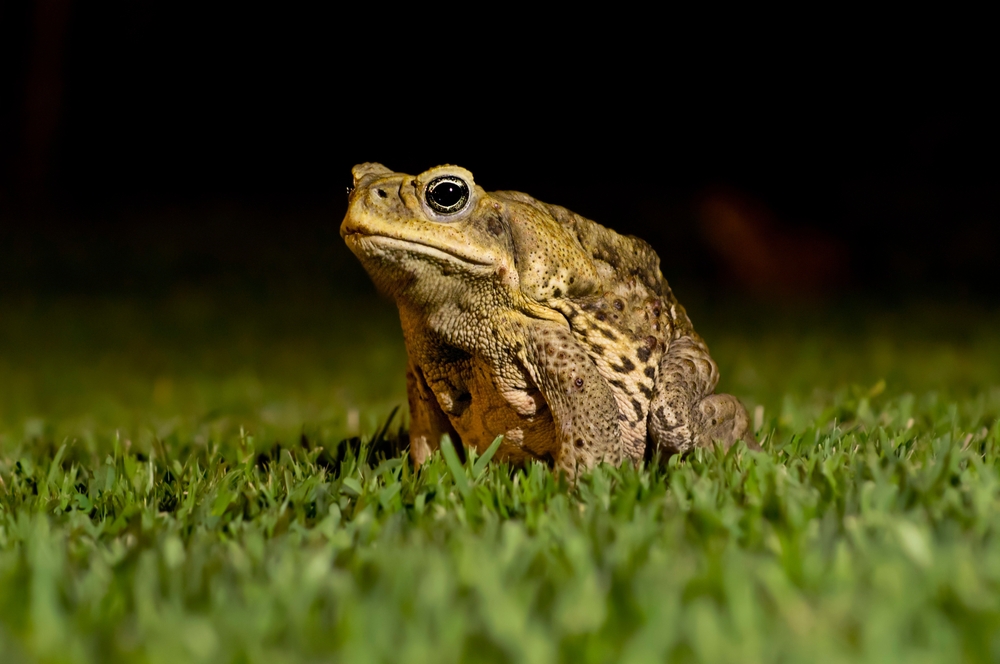
Cane toads are notorious for their invasive tendencies, but their cannibalistic behavior is equally shocking. Young cane toads have been observed feasting on their siblings, a gruesome habit driven by competition and survival instincts. This behavior is often seen in overcrowded environments where resources are scarce. The cannibalistic tendencies of the cane toad underscore the ruthless nature of survival in the wild. It’s a grim reminder that life often involves harsh, unforgiving choices.
This brutal behavior helps regulate their population, ensuring that only the strongest and most resourceful toads survive. While it may seem horrifying, cannibalism is not uncommon in the animal kingdom and serves important ecological roles. Understanding these dynamics is crucial for managing invasive species like the cane toad. As unsettling as it is, this behavior highlights the complex balance of ecosystems and the lengths to which creatures will go to survive. It’s a vivid example of nature’s unrelenting, sometimes harsh, realities.
The Bone-Eating Zombie Worm
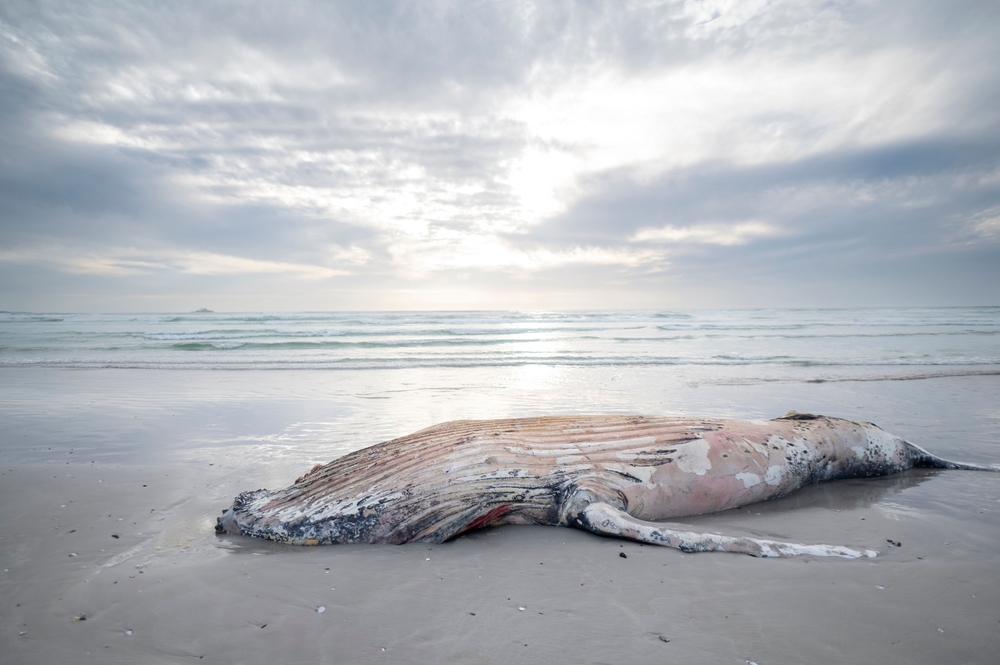
Zombie worms, or Osedax, live up to their eerie name with a particularly gruesome feeding habit. These deep-sea creatures feast on the bones of dead whales, secreting acids to break down the hard material. They then absorb the nutrients, sustaining themselves in the dark, nutrient-scarce depths of the ocean. Zombie worms are a prime example of nature’s ability to find life in the most unlikely places. Their unique lifestyle is both fascinating and a little horrifying.
Despite their unsettling diet, zombie worms play a crucial role in ocean ecosystems. By breaking down whale bones, they recycle nutrients back into the environment, supporting other marine life. Their existence highlights the intricate and interconnected nature of food webs. While their appearance and habits are undeniably creepy, they’re an essential part of the deep-sea community. The zombie worm is a testament to the surprising and often bizarre adaptations in the animal kingdom.
The Mind-Bending Case of the Jewel Wasp
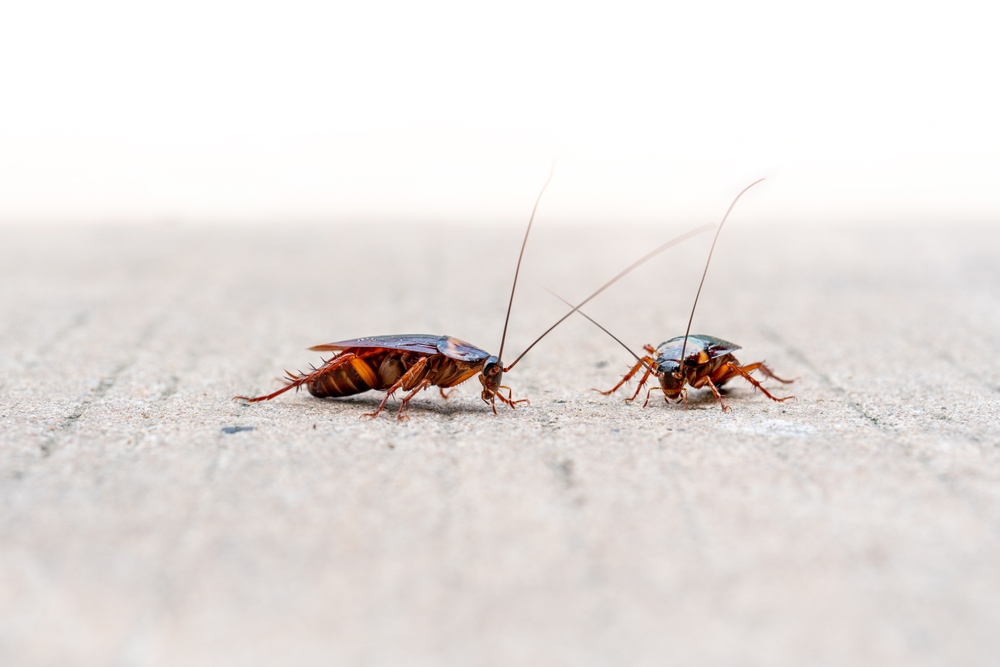
The jewel wasp’s parasitic relationship with cockroaches is the stuff of nightmares. This wasp injects venom into the cockroach’s brain, effectively turning it into a zombie slave. The cockroach is then led to a burrow, where the wasp lays an egg on its abdomen. The larva hatches and slowly consumes the cockroach alive, starting with non-essential tissues. It’s a chilling example of mind control and survival at its most macabre.
This gruesome process ensures the wasp larva has a fresh food supply, highlighting the brutal efficiency of evolution. The jewel wasp’s ability to manipulate its host’s behavior remains a subject of scientific intrigue. Researchers study this interaction to understand the complexities of neurobiology and behavior modification. While captivating from a scientific perspective, the wasp’s lifecycle reads like a horror story. It’s a vivid reminder of the often unsettling strategies animals employ to survive and reproduce.
The Death-Feigning Possum
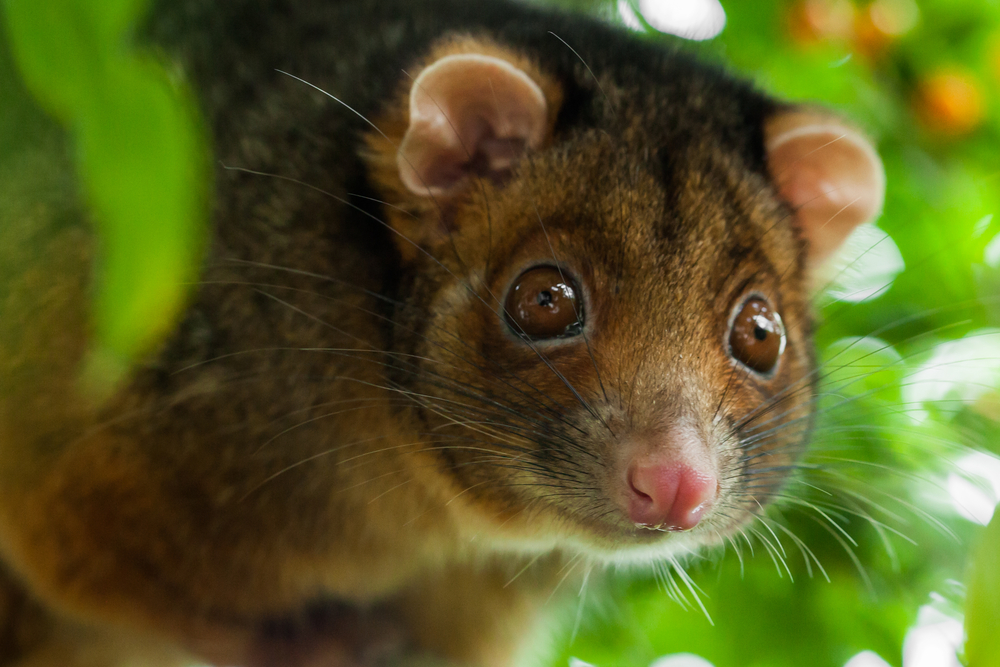
Possums have a unique defense mechanism that seems straight out of a horror story: they play dead. When threatened, a possum will collapse, mouth agape, emitting a foul odor to mimic the stench of decay. This death-feigning act is so convincing that predators often lose interest, leaving the possum unharmed. It’s a clever, if not macabre, way to avoid becoming a meal. Playing dead might sound simple, but it’s a sophisticated survival trick.
The possum’s dramatic performance can last from a few minutes to several hours, depending on the threat. This behavior, known as thanatosis, is a testament to nature’s creativity in problem-solving. It serves as a reminder that sometimes, the best way to survive is to play possum—literally. Despite its eerie effectiveness, this behavior is entirely instinctual and not a conscious act. The possum shows us that in the animal kingdom, appearances can be the best form of defense.
The Shape-Shifting Cuttlefish
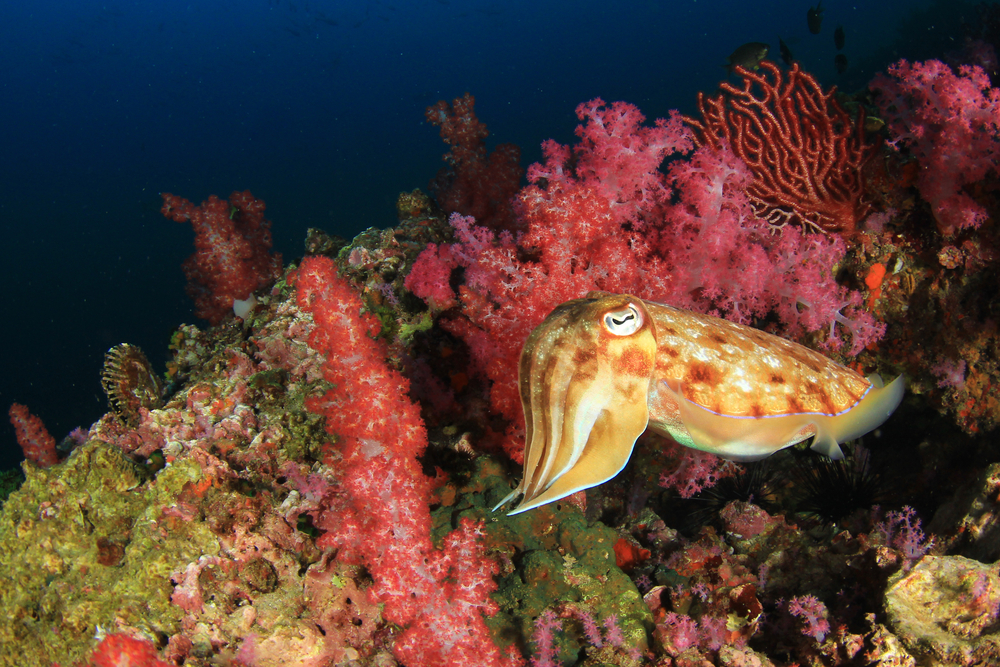
Cuttlefish have a remarkable ability to change their skin color and texture, a skill that feels like pure cinematic magic. They use this ability for camouflage, communication, and even to hypnotize prey with pulsating displays of color. This shape-shifting prowess is driven by specialized cells called chromatophores, which expand and contract to alter appearance. Such mastery of disguise seems more fitting for a sci-fi thriller than the natural world. The cuttlefish’s transformation abilities are so advanced, they can mimic not only colors but textures.
These mesmerizing displays serve multiple purposes, from evading predators to communicating with potential mates. The complexity of their color-changing skills continues to fascinate scientists, who study cuttlefish to glean insights into vision and neural control. This ability to blend seamlessly into their surroundings offers cuttlefish a significant advantage in the predator-prey dynamic. It’s a reminder of the beauty and mystery of evolution’s handiwork. The cuttlefish’s transformative talents showcase the wonders hidden beneath the ocean’s surface.
From zombie ants to shape-shifting cuttlefish, the animal kingdom is teeming with behaviors that could give any horror movie a run for its money. These creatures remind us that nature often blurs the line between reality and the fantastical. As we unravel the mysteries of these freaky behaviors, we’re reminded of the intricate and sometimes unnerving beauty of the natural world. So the next time you watch a horror film, remember that truth is often stranger—and perhaps even more terrifying—than fiction.
